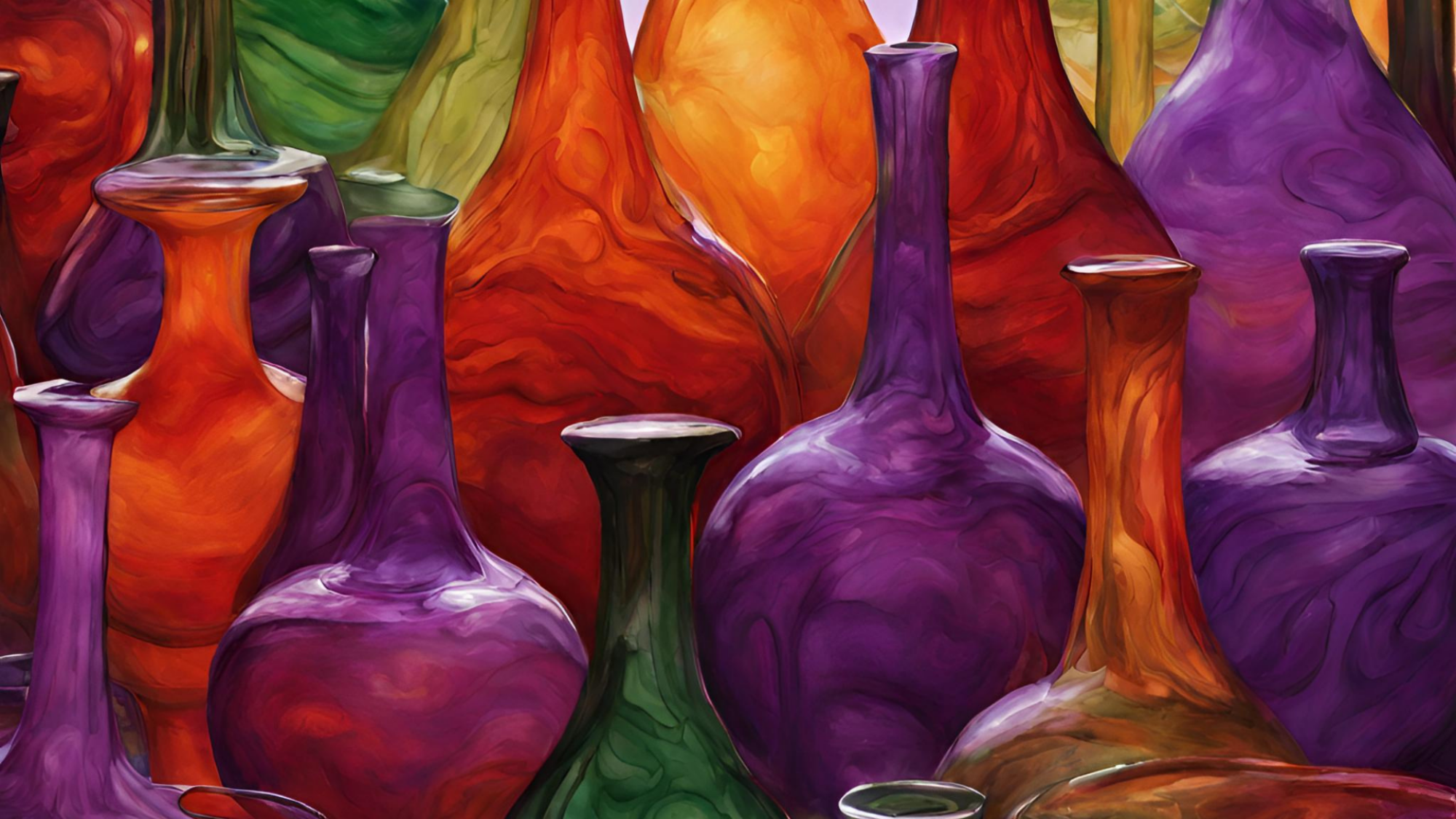Glass design is more than just an art form—it’s a craft that has evolved over thousands of years. From humble beginnings in ancient civilizations to the exquisite pieces we admire today, the story of glass design is rich with innovation and beauty. In this blog, we’ll take a journey through the history of glass designing and explore how it has shaped the world of art and décor.
The Birth of Glass: Ancient Beginnings
The history of glass dates back to ancient Mesopotamia and Egypt, around 3,000 BCE. Early glassmakers discovered how to melt sand and silica, creating small, decorative beads. These were used for jewelry and trade, laying the foundation for glass as a material of beauty and value.
- Key Milestone: By 1,500 BCE, Egyptian artisans began crafting colored glass vessels, using intricate patterns to mimic precious stones.
Roman Innovations: Glassblowing Takes Shape
The Romans revolutionized glassmaking with the invention of glassblowing around 50 BCE. This technique, believed to have originated in the eastern Mediterranean, allowed artisans to create more complex and delicate shapes, including bowls, vases, and window panes.
- Impact on Society: Glass became more accessible, transitioning from luxury to a functional material used in everyday life. Roman villas even featured the first glass windows.
The Middle Ages: A Canvas for Art
During the Middle Ages, glass design flourished in Europe, especially in stained glass windows. These vibrant, colored pieces adorned cathedrals and churches, telling biblical stories through intricate designs.
- Notable Examples: The stained glass of the Chartres Cathedral in France remains a stunning example of medieval craftsmanship.
- Fun Fact: Glassmakers kept their techniques secret, passing them down through generations, which added to the mystique of the craft.
The Renaissance: A New Era of Elegance
The Renaissance sparked a renewed interest in art, and glass design reached new heights. In Murano, Italy, artisans became famous for their glass creations, including mirrors and chandeliers.
- Venetian Glass: Known for its clarity and delicate designs, Venetian glass dominated the market. Techniques like filigree (lace-like patterns in glass) became highly sought after.
- Fun Fact: Murano glassmakers were so valued that they were forbidden to leave the island, ensuring their skills remained exclusive to Venice.
Industrial Revolution: The Rise of Mass Production
The 19th century brought machine-made glass, transforming it into an affordable and widely available material. Factories produced glassware, windows, and decorative pieces at scale, but it didn’t diminish the artistry.
- Art Nouveau Movement: Glass design took on organic shapes and floral patterns during this era, with artists like Louis Comfort Tiffany creating iconic stained glass lamps.
Modern Glass Design: A Blend of Tradition and Technology
Today, glass design combines ancient techniques with modern innovation. Designers use laser engraving, 3D printing, and advanced glassblowing methods to create stunning, customized pieces. From decorative glass panels to functional art, the possibilities are endless.
- Eco-Friendly Practices: Many artisans now use recycled glass, blending sustainability with beauty.
Why the History of Glass Matters
Understanding the history of glass design allows us to appreciate its journey—from ancient beads to breathtaking modern sculptures. It’s a testament to human creativity and our desire to transform simple materials into extraordinary art.
Explore Custom Glass with Glazz Galore Designs and More
At Glazz Galore Designs and More, we honor this rich history by blending timeless techniques with contemporary designs. Whether it’s a decorative piece for your home or a unique gift, we craft glass that tells your story.
Let’s Create Something Beautiful
Dive into the world of custom glass décor today! Visit our Featured Collection to see how tradition meets modern design.

 Cart is empty
Cart is empty 
Leave A Comment